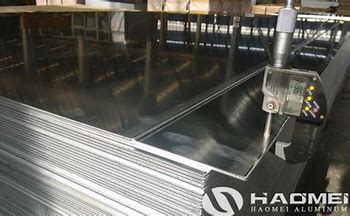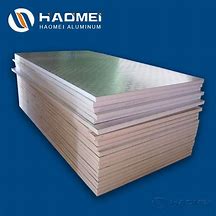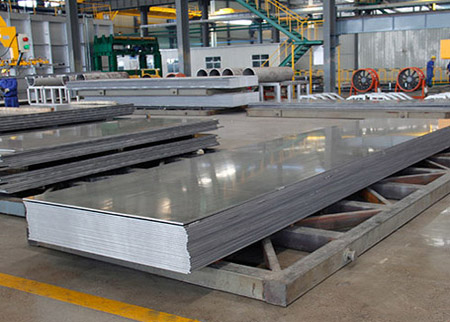



The influence of surface condition on anodising
The appearance of the anodised film is closely related to the surface condition prior to oxidation, which is determined by chemical pretreatment (especially alkaline washing and chemical polishing). Of course, the surface condition after chemical pretreatment is essentially dependent on the microstructure of the substrate, the type, size and distribution of the intermetallic compounds, as well as the grain size and its orientation. These in turn are related to the alloy composition and the processing.
Alkali corrosion
Alkali etching is the most basic and important pretreatment in the anodisation of aluminium sheets and profiles for architectural applications. Alkali etching gives a fine corroded surface without a glossy satin finish, which is the result of a high percentage of diffuse reflection. Table 3 shows the electrochemical properties of the intermetallic compound particles in aluminium alloys during alkali etching. Different intermetallic compounds, or even the same compound with different particle sizes, can have completely different electrochemical properties. There are two mechanisms for the formation of surface corrosion pits in aluminium alloys due to the presence of the second phase of the intermetallic compound: the second phase acts as a cathode (e.g. from Fe) causing preferential dissolution of the aluminium matrix around the particles; the second phase intermetallic compound particles are anodes (e.g. MgzSi) with respect to the aluminium matrix and are preferentially dissolved.
The presence of second-phase intermetallic compounds in aluminium alloys, whether they are cathodic or anodic with respect to the aluminium matrix, results in the formation of corrosion pits on the surface during alkali corrosion, resulting in a diffuse scattering surface without light. The former forms corrosion pits due to localised dissolution of the aluminium around the second phase; the latter forms corrosion pits due to direct dissolution of the intermediate compound. We can therefore expect that the brightening effect of chemical or electrolytic polishing will hardly be reflected after the anodisation of multi-phase aluminium alloys.
Brightening pre-treatment
The aluminium substrate for brightening surface treatment should be at least 99.85% pure and therefore requires attention to the entire production process, from the quality of the raw aluminium oxide, the metallurgical process of the remelted aluminium ingot, up to all processes of processing and forming such as melting and casting, extrusion (or rolling), etc. Although aluminium alloys with a bright surface for industrial use have been developed, it cannot be denied that the surface brightness still increases with the purity of the aluminium in the chemical polishing process.
* Thank you for your inquiry. Please provide your business needs information so that we can better serve you.
This information can help us assign the most suitable person to solve your problem. We will give you feedback within 1-2 working days.
Related Blog







